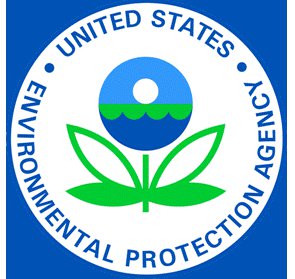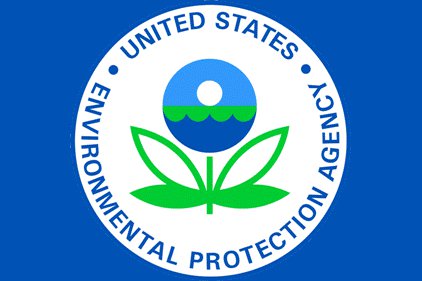 The EPA says it will begin assessing 23 chemicals – 20 of which are commonly used as flame retardants (FR) -- for potential risks to human health and the environment. This effort is part of the Toxic Substances Control Act (TSCA) Work Plan which identifies commonly used chemicals for risk assessment.
The EPA says it will begin assessing 23 chemicals – 20 of which are commonly used as flame retardants (FR) -- for potential risks to human health and the environment. This effort is part of the Toxic Substances Control Act (TSCA) Work Plan which identifies commonly used chemicals for risk assessment.
FR chemicals aren’t only used in protective clothing for the workplace. They are also found in products such as household furniture, textiles, and electronic equipment. Some flame retardant chemicals can persist in the environment, bioaccumulate in people and animals, and have been shown to cause neurological developmental effects in animals, according to the EPA.
“EPA is committed to more fully understanding the potential risks of flame retardant chemicals, taking action if warranted, and identifying safer substitutes when possible,” said James J. Jones, Acting assistant administrator for the Office of Chemical Safety and Pollution Prevention.
Despite the move, Jones said the TSCA remains “in dire need of reform in order to ensure that all Americans are protected from toxic chemicals in their environment.”
The EPA will conduct full risk assessments for four of the 20 FRs and will assess eight others by grouping flame retardants with similar characteristics together with the chemicals targeted for full assessment. The agency says it currently lacks sufficient data on the chemicals for a full risk assessment.
The EPA will also begin analyzing how eight of the 20 flame retardant chemicals transform and move in the environment. These chemicals were selected because they are likely to persist in the environment, bioaccumulate in people and/or have high exposure potential, but there are not adequate data to conduct full risk assessments.
During its review of data on flame retardant chemicals in commerce, EPA also identified approximately 50 flame retardant chemicals that are unlikely to pose a risk to human health, making them possible substitutes for more toxic flame retardant chemicals.
The agency is encouraging the submission of additional relevant information on these chemicals, such as unpublished studies and information on uses and potential exposures. This information should be submitted by May 30, 2013, to ensure that it is included in the agency’s review.
Submit relevant information on these chemicals or find more information on TSCA Work Plan and flame retardant chemicals for risk assessment:
www.epa.gov/oppt/existingchemicals/pubs/workplans.html
A full list of the chemicals announced for further assessment is available here: www.epa.gov/oppt/existingchemicals/pubs/2013wpractivities.html



